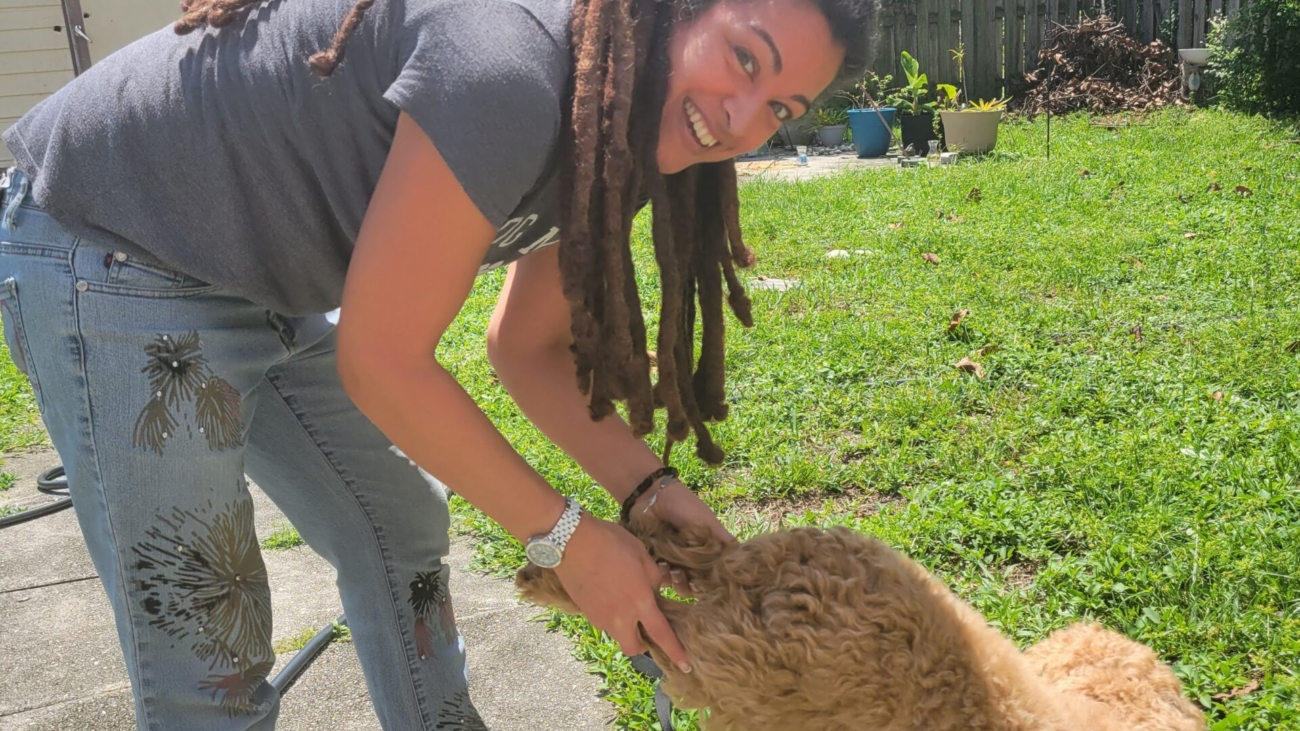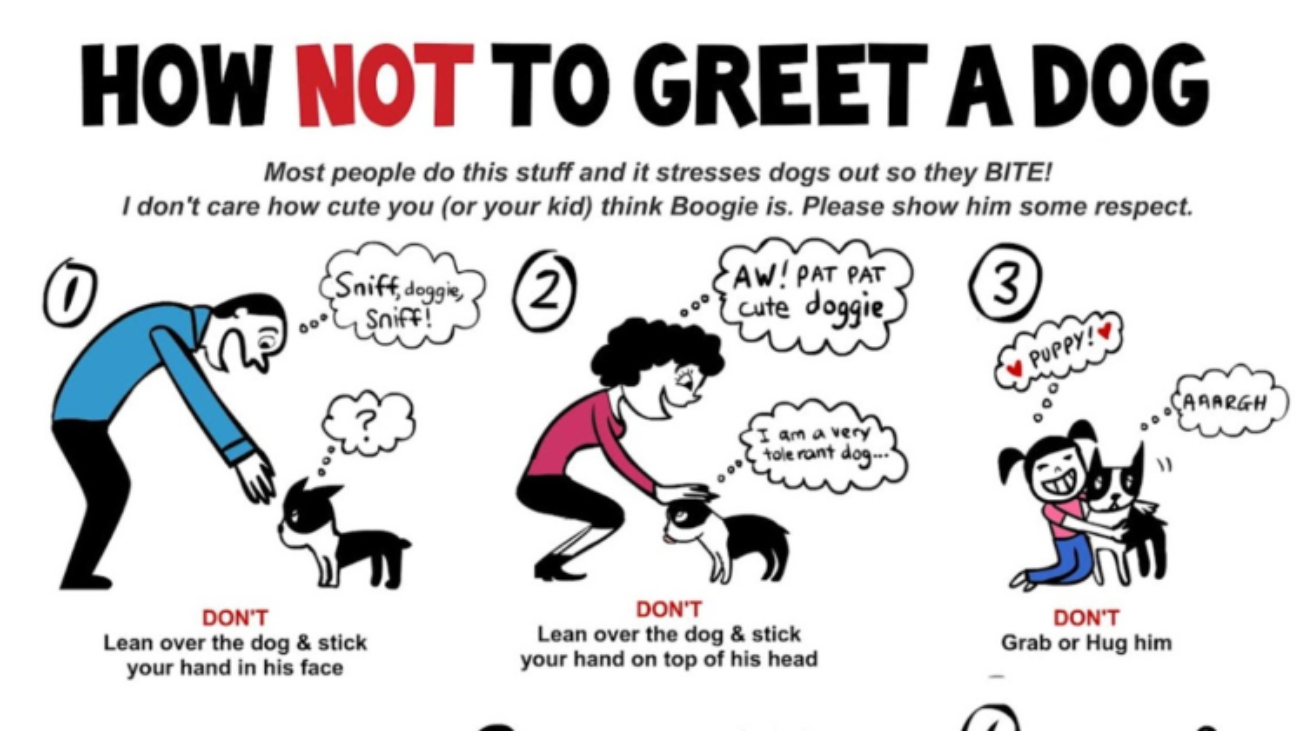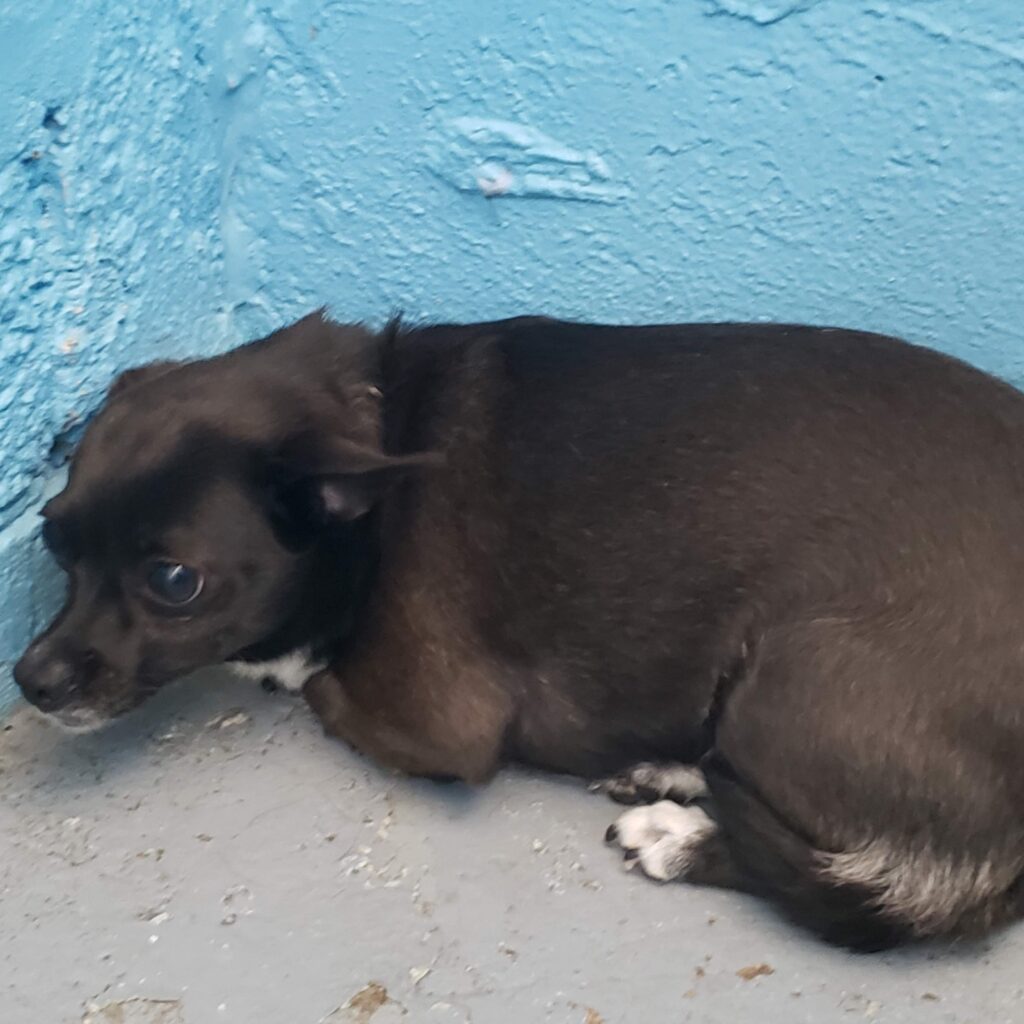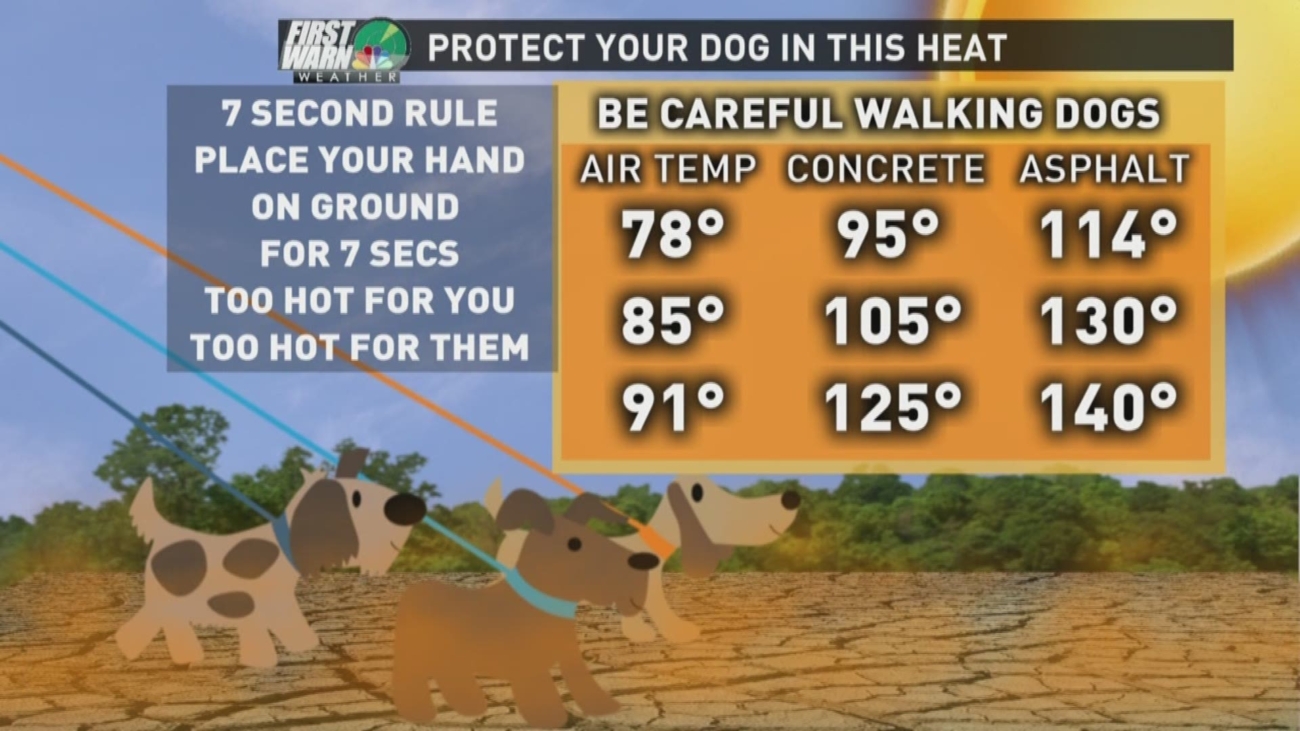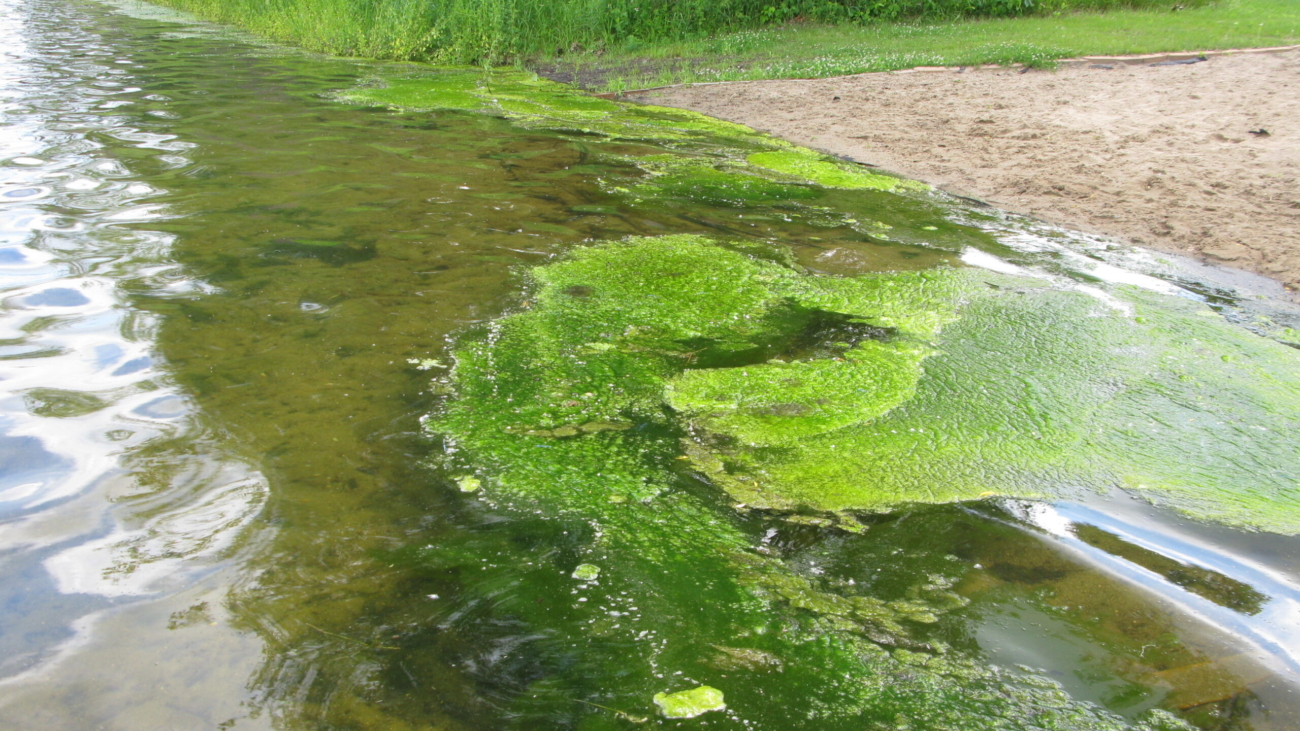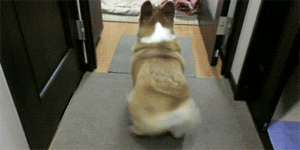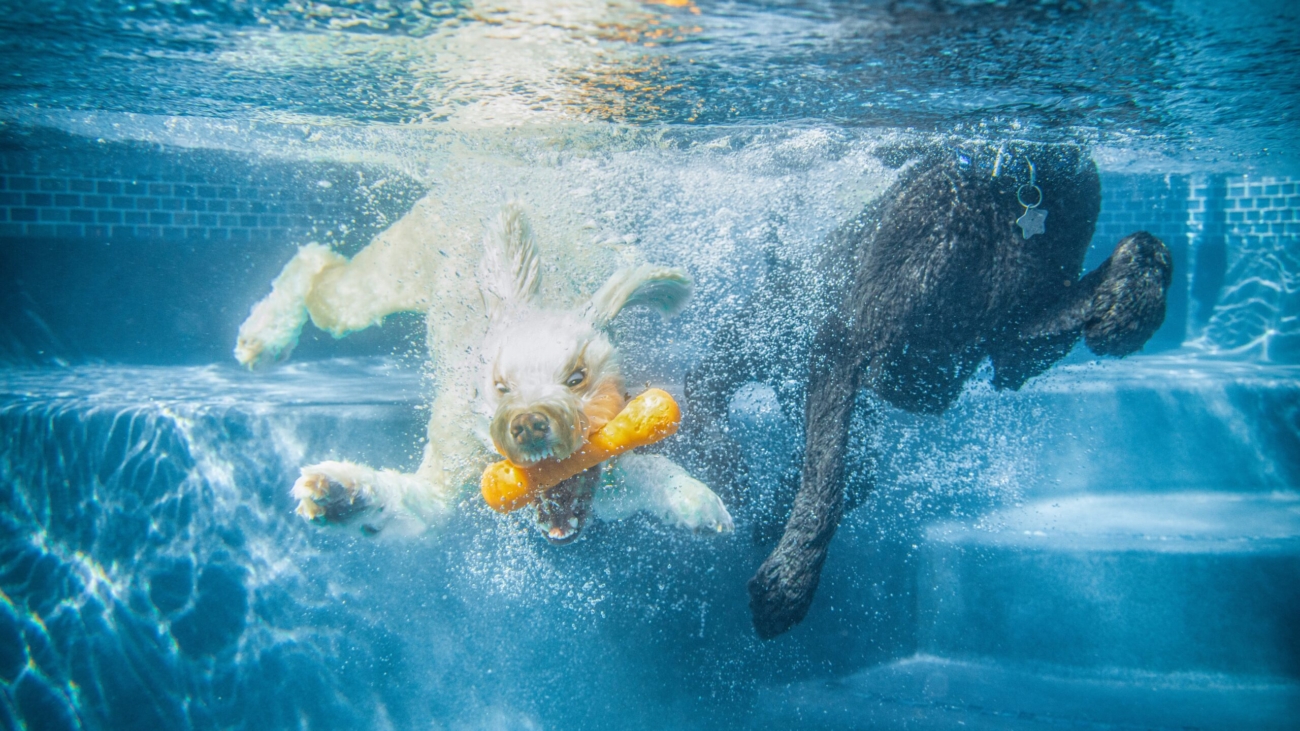When a dog is nervous and scared of plenty of things, going through an agility course together with them builds their confidence because they are doing it with you. Doing agility is a relationship builder. You are both learning together.
I found some information on how agility competition started from thebark.com:
The sport originated in England nearly 30 years ago as half-time entertainment at the prestigious Crufts Dog Show. John Varley, a member of the show committee, approached veteran dog trainer Peter Meanwell about creating a dog jumping competition, loosely based on horse show jumping. The demonstration proved so popular that Crufts asked the participants back, and agility was born. Agility aficionados can now be found around the world, from Argentina to Yugoslavia.
In 1985, Ken Tatsch was a CPA in private practice when he went to Crufts and saw agility for the first time. The following year, he founded the United States Dog Agility Association, Inc. (USDAA). Today, it is an international organization and boasts more than 25,000 registered competitors and more than 200 different breeds of dogs, including mixed breeds.
About the time Tatsch was organizing USDAA, fellow agility pioneer Charles “Bud” Kramer founded the National Club of Dog Agility, which was later adopted by the United Kennel Club (UKC). New venues soon followed suit, including the North American Dog Agility Council (NADAC), which promotes safety, and Canine Performance Events (CPE), for the more casual agility competitor. The Teacup Dogs Agility Association (TDAA) features scaled-down agility equipment for dogs measuring 16.5 inches and under at the withers. TDAA founder Bud Houston of Ostrander, Ohio, also created Just For Fun (JFF), which offers team play over the course of eight weeks, much like bowling leagues.
You can either take the dog to a dog park that has an agility course, on Amazon they actually have agility course items that you can buy, or you can make your own at home.
You have to do the course with them. Make it fun and exciting. Because they’re having a really good time then it gives them something to look forward to and it increases their confidence because they’re able to do it.
Plus it’s good exercise for both of you!
If interested in classes, Clean Run maintains an agility instructor/school directory on its website, www.cleanrun.com, which is a good starting point.

